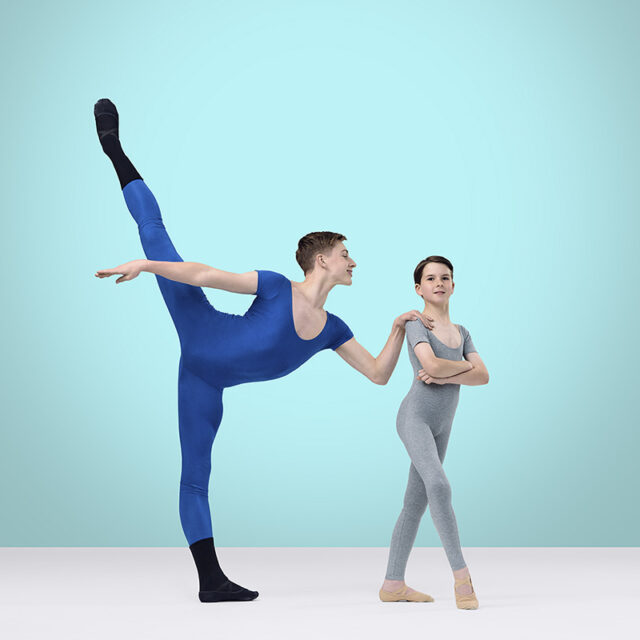Why all boys (and men) should take dance classes
Guest post in collaboration with Aplomb Dancewear
7 compelling reasons
1. Discipline and Concentration
Boys (and men) will find an inclusive and diverse world in dance that offers something for everyone. It’s not just a hobby; it’s a valuable skill that can enrich anyone’s life physically, mentally, and socially. Through the discipline and concentration that’s demanded in dance and ballet, boys (and men) will learn to be patient and persevere through challenges, developing resilience and strong work ethics.
2. Social Skills, Creating Respect & Dependability:
Dancing often involves working in a group or with a partner, fostering teamwork and social skills. It’s a great way to meet new people and make friends.
Dance creates dependability in boys (and men). Engaging in dance partnering work (pas de deux) cultivates the understanding and awareness required to support your partner effectively.
Partnering work is the stage where boys begin to excel & thrive, recognising their crucial role as the support person (the frame) for the ballerina, ensuring her stability to craft art (the picture). Developing the knowledge and understanding of being a proficient dance partner fosters respect for girls and women while reinforcing the importance of their presence.
3. Physical Fitness:
Ballet and dance have a wide range of movements that engage and strengthen various muscle groups, particularly in the legs, core, and upper body. The extensive stretching and range of motion exercises within ballet and dance are excellent ways to stay in shape and improve flexibility, posture, muscle strength, and cardiovascular health, which reduces the risk of injury.
4. Confidence:
The sense of accomplishment from learning to master your body and the way it moves is empowering. Dancing promotes self-confidence and self-esteem by improving body awareness and encouraging self-expression. The form-fitting nature of dance attire ( Eg: a mens unitard or ballet tights for men) emphasises the dancer’s physique, helping them feel more connected to their body and its capabilities. As dancers become more attuned to their physicality, their self-esteem naturally grows.
5. Stress Relief:
Dancing is an effective stress reliever. Dancing allows you to escape from the demands of daily life, express emotions, and unwind in a fun and creative way. Dance also demands the use of correct breathing techniques. Breath is closely connected to dance movement, improving stamina and endurance. Deep and controlled breathing helps to ease stress.
6. Attention to Detail:
Dance and ballet focus on the smallest of details, from the positioning of fingers to the angle of the head. Dance students learn to pay close attention to these details, which enhances their concentration and attention to subtleties. This carries over to any other sport that you engage in.
7. Cultural Appreciation:
Many dance styles have cultural roots and traditions. Learning various dance forms can help individuals gain a deeper appreciation for different cultures and their history. Cultural dance is a unique form of dance that is collectively cherished within a community. It often serves specific purposes and carries rich meanings, encompassing rituals, ceremonial events such as weddings and births, expressions of reverence for ancestors, or simply for the joy of dancing!
Types of cultural dance include:
India: Classical & Bollywood
Spain: Flamenco
Brazil: Samba
China: Dragon Dance
Cuba: Salsa
Russia: Cossack
Switzerland: Traditional Folk Dance
Argentina: Tango
Japanese: Kabuki
In summary, dance promotes discipline and concentration by demanding precision, regular practice, attention to detail, mental focus, respect for self and others, and a commitment to self-improvement. These qualities are not only essential for success in dance and ballet but will also benefit individuals in many aspects of their lives.

